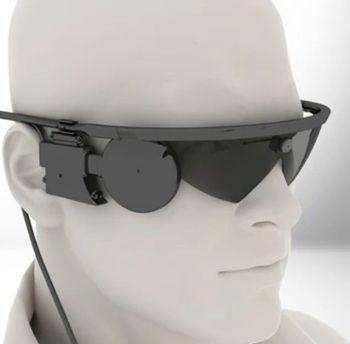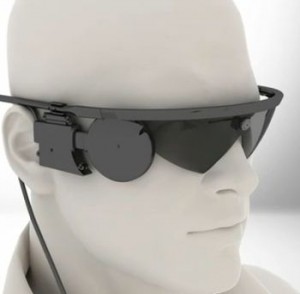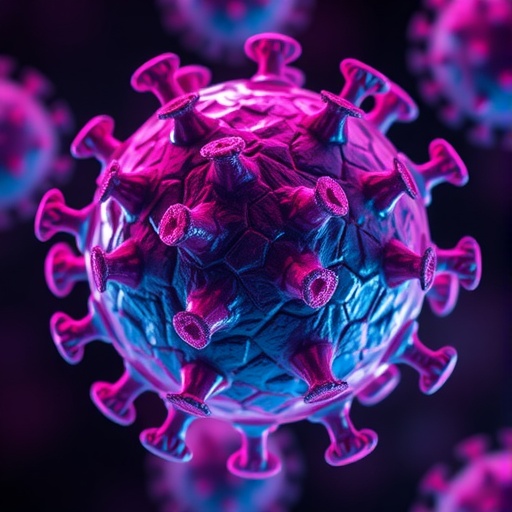The system consists of a small video camera and transmitter mounted on eyeglasses. The camera processes images into electronic data that is wirelessly transmitted to electrodes implanted into the retina.
The device will not fully restore patients’ vision, but the FDA said Thursday that “it may allow them to detect light and dark in the environment.”
The journal MedGadget writes that patients “who could barely detect an extremely bright light, have reported the ability to recognize large letters and locate positions of household objects” using the Argus II.
The device had already been approved in Europe.
The FDA approval came under the “humanitarian use” category, which is limited to devices that annually treat or diagnose fewer than 4,000 people in the United States. Retinitis pigmentosa affects one in every 4,000 Americans.
“This is a game changer in sight-affecting diseases that represents a huge step forward for the field and for these patients who were without any available treatment options until now,” said Robert Greenberg, president and CEO of Second Sight.
Serendipitously, a Popular Science writer happened to be interviewing the company’s vice president Thursday morning when he learned of the FDA’s decision.
The breakthrough comes after more than 20 years, two clinical trials, more than $100 million in public monies (from the National Eye Institute, Energy Department and National Science Foundation) and $100 million in private investments.
But, as MedGadget notes, there’s competition.
A similar device from Israel-based Bio-Retina reportedly provides nearly 600-pixel clarity, and the company is aiming to develop a 5000-pixel device.
Story Source:
The above story is reprinted from materials provided by USATODAY. The original article was written by Michael Winter.






